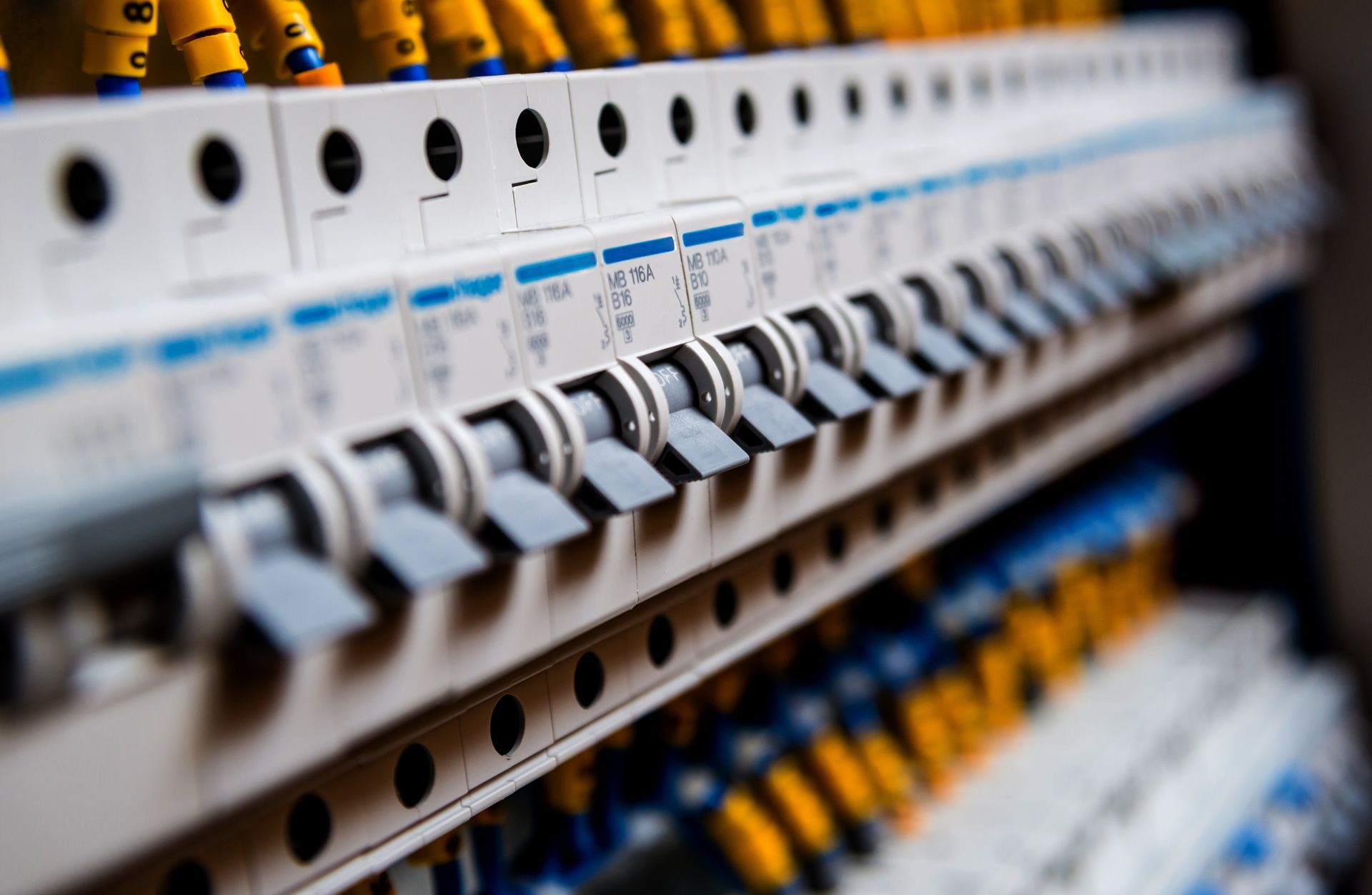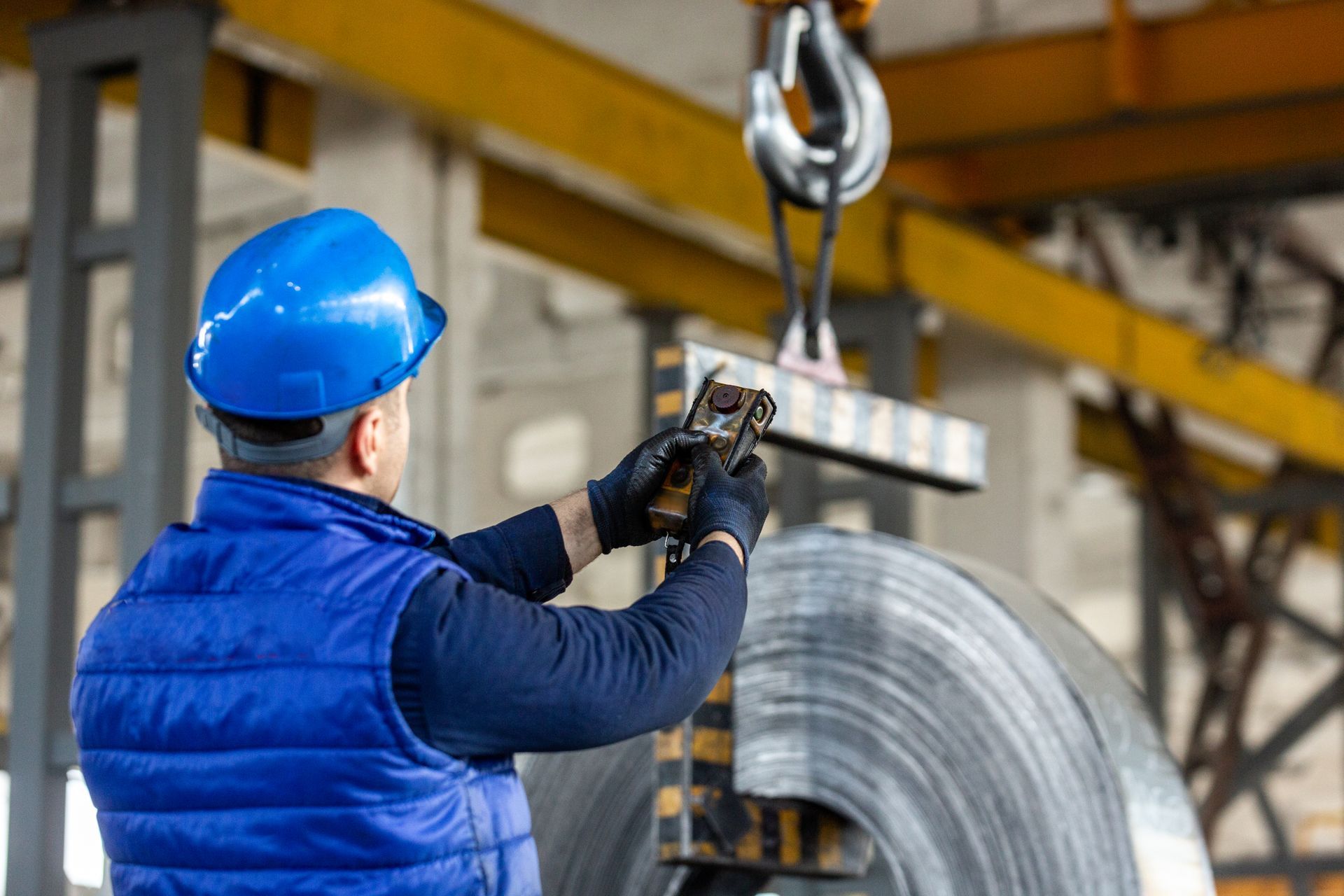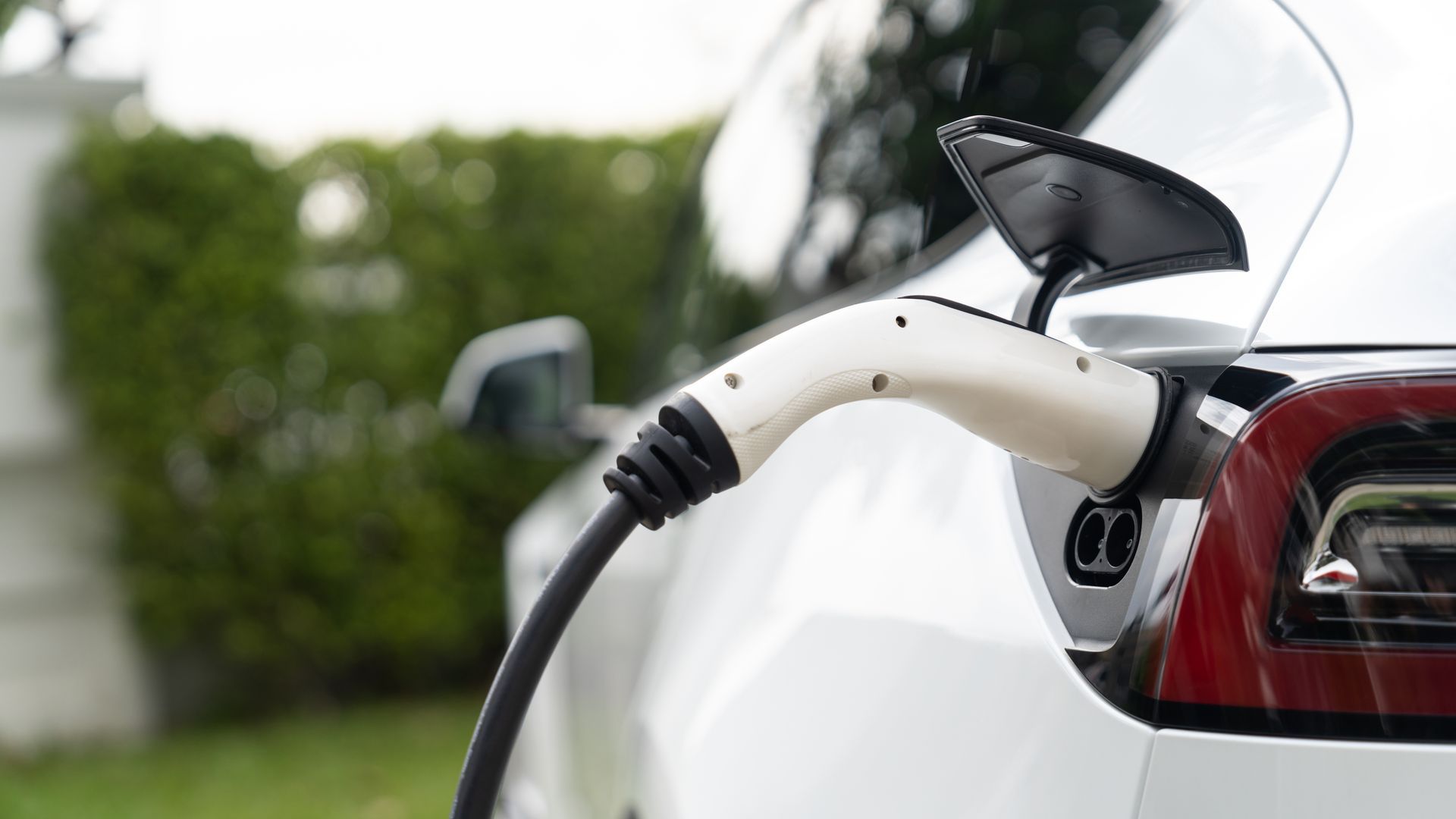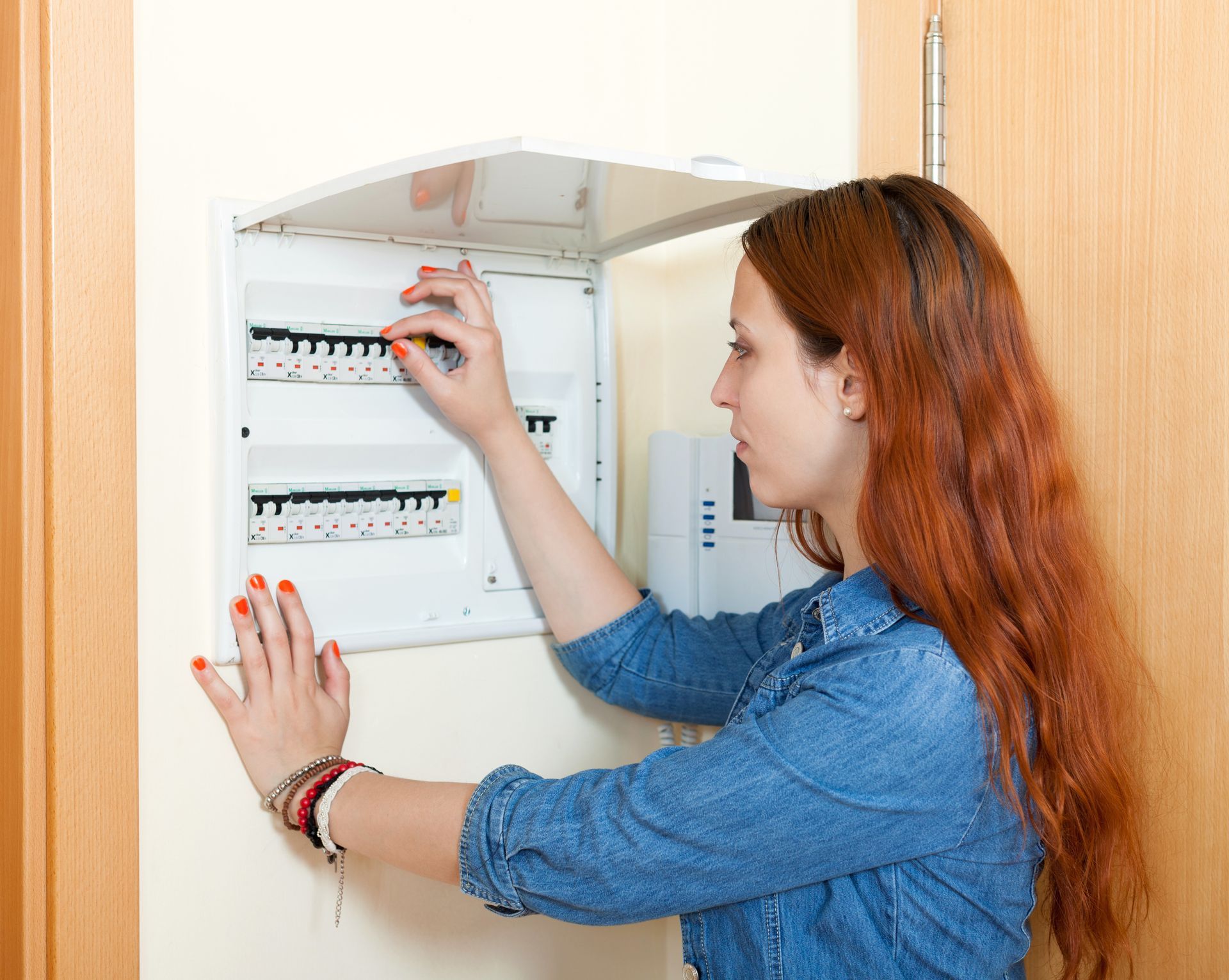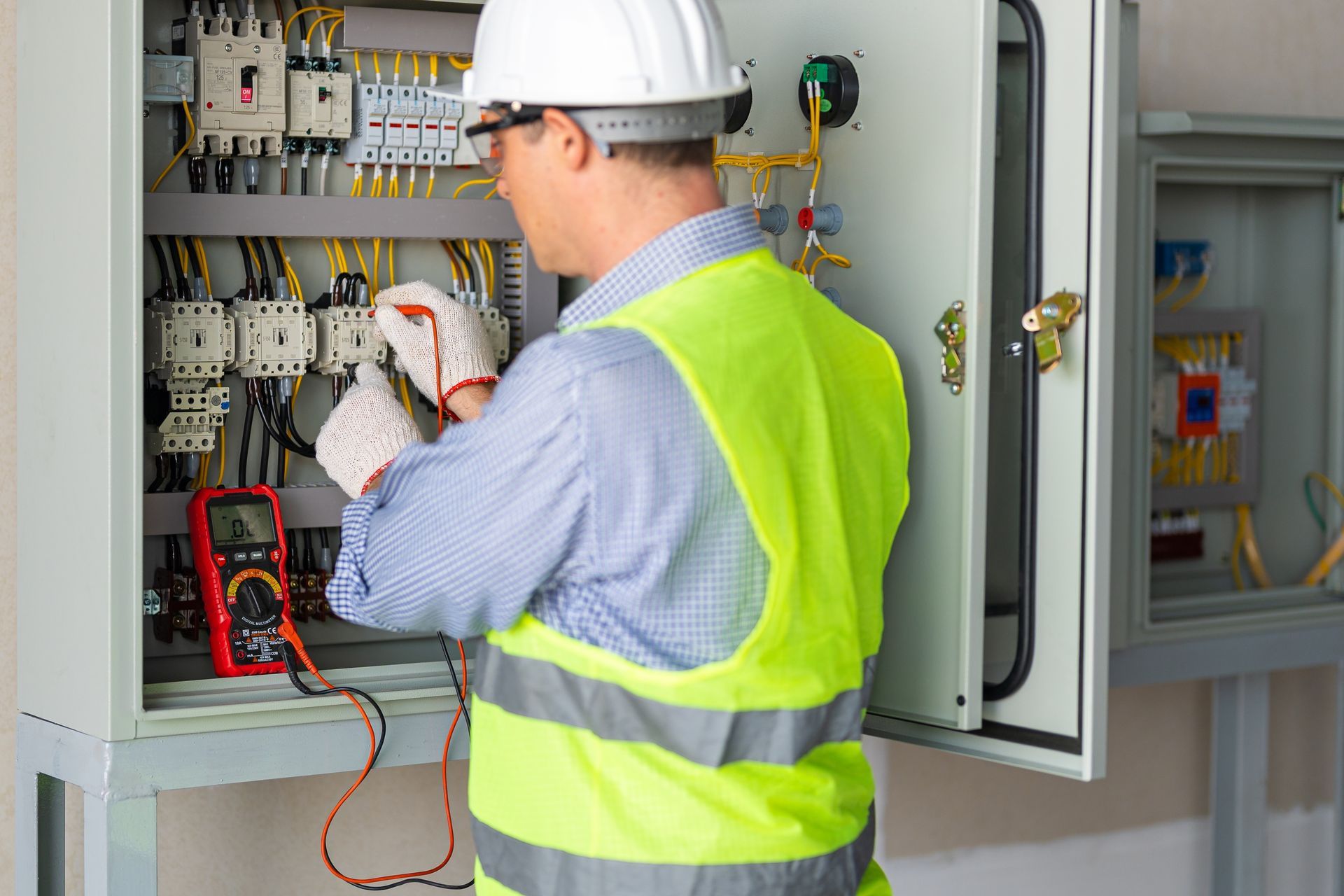A Beginners Guide to Circuit Breaker Panels
Hey—not everyone has an encyclopedia worth of knowledge about home maintenance, nor is it blatantly obvious how a circuit breaker panel works. All you know is you turn on the microwave, and suddenly, there’s no power.
So, if you are scratching your head staring at the electrical panel, this guide is for you. We cover everything from the basics to when you need
electrical panel upgrades so you know how to turn the lights back on.
What is a Circuit Breaker Panel?
The circuit breaker panel is the same thing as an electrical panel. It is the central hub where electricity is transferred from the supply to your house and then distributed to individual outlets. The panel also provides a protective fuse for each circuit which will trigger or “trip” when the circuit becomes overloaded. It is commonly known as “blowing a breaker.”
The electrical panel is usually in the basement and has a main housing unit with several wires leading away. Then, you will also see a set of switches, one for each circuit, and a label stating the correlating room.
How Does a Circuit Breaker Work?
The circuit breaker panel, or breaker box, powers the home through wires designated to each circuit with a maximum amperage. A “live” wire delivers electricity to plug-ins and light switches throughout the house, but must eventually go somewhere. Neutral or grounding wires allow the current to flow back to the electric panel.
The electrical panel specifically manages fluctuations in electricity and detects when one is using more than the amperage will allow before flipping the breaker switch off.
Common Types of Circuit Breakers
Different types of circuit breakers are available based on the amperage requirements of the building. They include:
Standard, Single-Pole- Standard, Double-Pole
- Ground Fault Circuit Interrupter (GFCI)
- Arc Fault Circuit Interrupter (AFCI)
- AFCI/GFCI Dual-Function
Only a certified electrician can install a circuit breaker panel and determine which type of electrical system you need to power your home safely. Additionally, a permit may be necessary before installation.
What Are the Most Common Causes of Circuit Breaker Panel Trips?
The electrical panel is designed to protect your home from electrical surges, overloaded circuits, and electrical fires and will automatically trip the associated breaker when working correctly. If it doesn’t, you may need an electrical panel upgrade before a potentially dangerous situation occurs.
Each circuit leads to designated power outlets or switches in your home. If you overload the circuit by plugging in too many appliances or devices, the circuit can’t handle the electrical demand and shuts off. You’ll have to unplug the multiple items before manually flipping the breaker back on.
When to Upgrade Your Circuit Breaker Panel?
Circuit breaker panels last between 20 and 30 years when installed correctly. If your home is older, it is worth having your panel inspected to determine if it’s time for an upgrade. Furthermore, with more devices demanding electricity, if you are having trouble with tripped breakers, it may be worth an upgrade to increase the available amperage.
Another sure sign you need an electrical panel upgrade is if you have loose, weakened, or exposed wires. Call an electrician immediately to prevent shorts, fires, and the chance of electrocution.
Work With Certified Electricians for Your Electrical Panel Upgrades
There may be some small electrical jobs you can handle yourself, but fixing your electrical panel is not one of them. Instead, you need a reliable, certified electrician to safely inspect, maintain, and install your electrical, including the breaker box.
The professional team at
Pro-Tec Electrical Services Ltd. in Chilliwack, BC., has the right tools and knowledge to handle all your electrical work efficiently. Their friendly staff will assess your electrical panel and provide an honest recommendation for powering your house.
Keep the power going strong! Book your electrician
online or call Pro-Tec at
778-241-5102 today!



